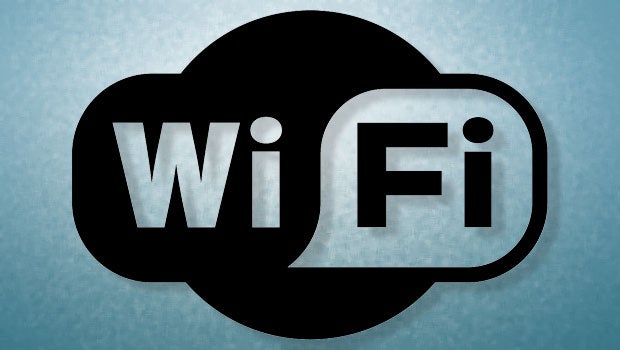What is Wi-Fi HaLow? Long-range, low-power Wi-Fi explained

There’s a new Wi-Fi standard in town. It has an odd name and it’s designed to unlock the promise of the ‘Internet of Things’ and smart home gadgets. Here’s what you need to know.
Say HaLow
No, that’s not how you’re meant to say it at all. It’s pronounced like ‘halo.’
As for what HaLow actually means, well, it appears to be as nonsensical as the term Wi-Fi itself. What’s more important is what it is: a stripped-back version of Wi-Fi aimed at helping low power smart home, IoT (Internet of Things), and wearable devices communicate.
Think smart locks, fitness trackers, thermostats, and the like. It’s even projected that Wi-Fi HaLow could have some application in tomorrow’s connected cars, so it’s a big deal for all sorts of reasons.
So it’s a bit like Bluetooth then?
Yes, it is in a way. However, Wi-Fi HaLow has one notable advantage over Bluetooth: range.
You see, Wi-Fi HaLow operates using existing Wi-Fi technology. It’s actually an extension of the forthcoming IEEE 802.11ah standard. While your existing home Wi-Fi set-up operates on the 2.4GHz and 5GHz frequency bands, Wi-Fi HaLow dips into the unlicensed 900MHz band, which has a far greater effective reach than the others – as much as double, in fact.
It will also enable a much more robust connection, and it has a much greater ability to penetrate walls. With HaLow, then, keeping your various battery-powered smart devices connected should not be a problem, which should be particularly reassuring when it comes to smoke and security alarms.
Related: What is Bluetooth 4.2?
Indeed, this band also enables Wi-Fi HaLow devices to operate without the requirement of mains power or a even a particularly strong battery. This is essential for many small smart home devices that operate on small batteries that are typically changed infrequently.
Wi-Fi HaLow’s range and reliability, as well as its low power requirements, will even make it useful for large-scale connected public facilities such as parking metres.
Another advantage of Wi-Fi HaLow is there in the fact that it’s based on good old fashioned Wi-Fi. This means that HaLow-enabled devices will be able to connect directly to the internet through your router.
It will also, as a result, benefit from the same robust security as current Wi-Fi setups.
What can’t Wi-Fi HaLow do?
What Wi-Fi HaLow can’t handle, just like Bluetooth, is a vast quantity of data. This isn’t a connection standard that you’ll be streaming 4K video over.
The Wi-Fi Alliance has provided estimated data rates of between 150 kilobits per second and 18 megabits per second, which is much lower than traditional Wi-Fi.
Rather, HaLow is intended for low-level, infrequent, and relatively simple device communications – i.e. triggering alarms, sending alerts and turning devices on and off based on external triggers.
It’s also worth pointing out that our current routers and smart devices
won’t be compatible with Wi-Fi HaLow. You will need specific
HaLow-compatible hardware for that.
Related: 802.11ac vs 802.11n: What’s the difference?
When will it be released?
Despite this announcement, you won’t be seeing Wi-Fi HaLow adopted in 2016. In fact, the Wi-Fi Alliance doesn’t plan to begin its certification work until 2018.
In the meantime, development work on Wi-Fi HaLow-compatible devices can begin in earnest, and we could even start to see the first Wi-Fi HaLow-ready devices released before the certification process kicks off in two years time.
This isn’t uncommon in the somewhat confusing world of Wi-Fi. This means we could see devices based on the ‘draft’ specifications of HaLow before it’s finalised, mainly because that process takes so long.
As such, Wi-Fi HaLow is very much a standard for the future – albeit the not-too-distant future.


